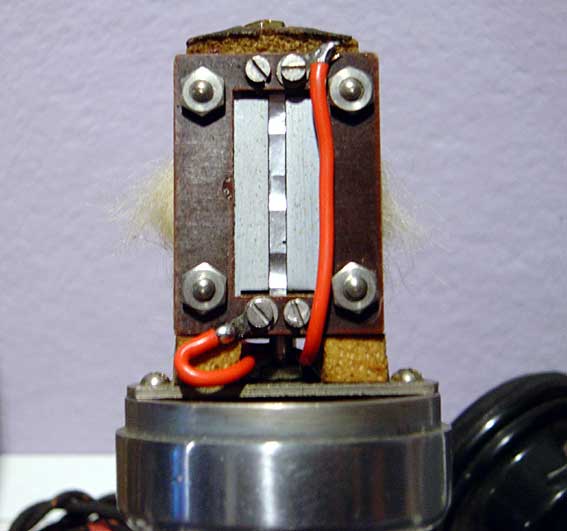G
Guest
Guest
The crinkles are put in the ribbon so it can flex or vibrate with the sound waves, cutting the flux between the poles. I have read several ways to do this in a DIY fassion. Use an old camers lense, use a tube squeezer (a greaed contraption to squeeze the last drop from a tube of paint, or toothpaste) plastic gears. How many to put in ranges quite a bit. 13 to 20 or so per inch I think is the range. My guess is, it sort of depends on how deep the crinkles go as to how many to use.
As for tension, The others are the experts but I think it is a thing you get evperience with by emperical trials. The ribbon is supposed to be tightened until it just stops it's sag.
Now, The real experts will come in and say what really happens.
As for tension, The others are the experts but I think it is a thing you get evperience with by emperical trials. The ribbon is supposed to be tightened until it just stops it's sag.
Now, The real experts will come in and say what really happens.



